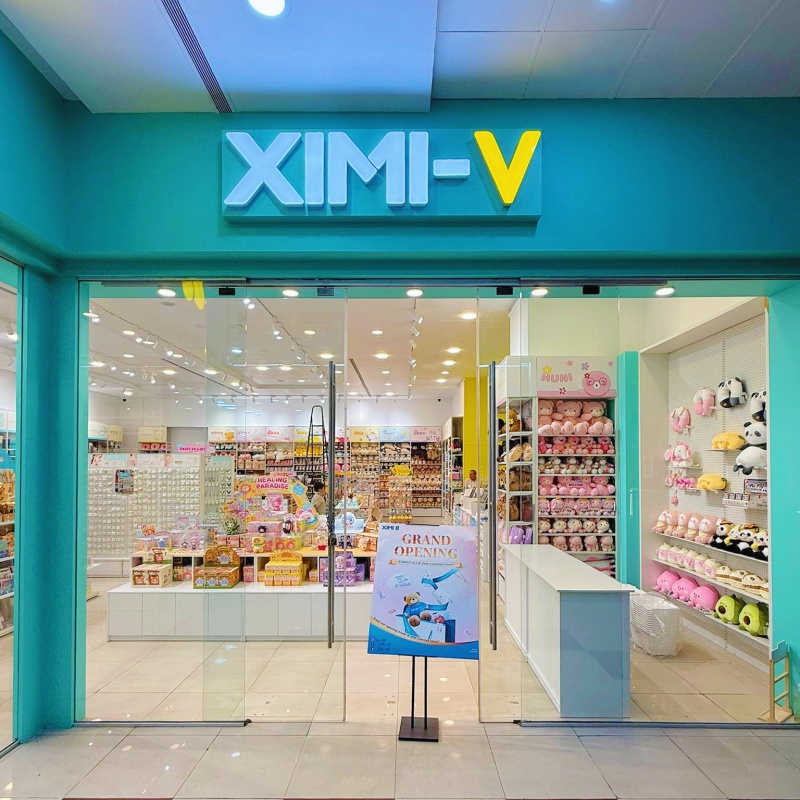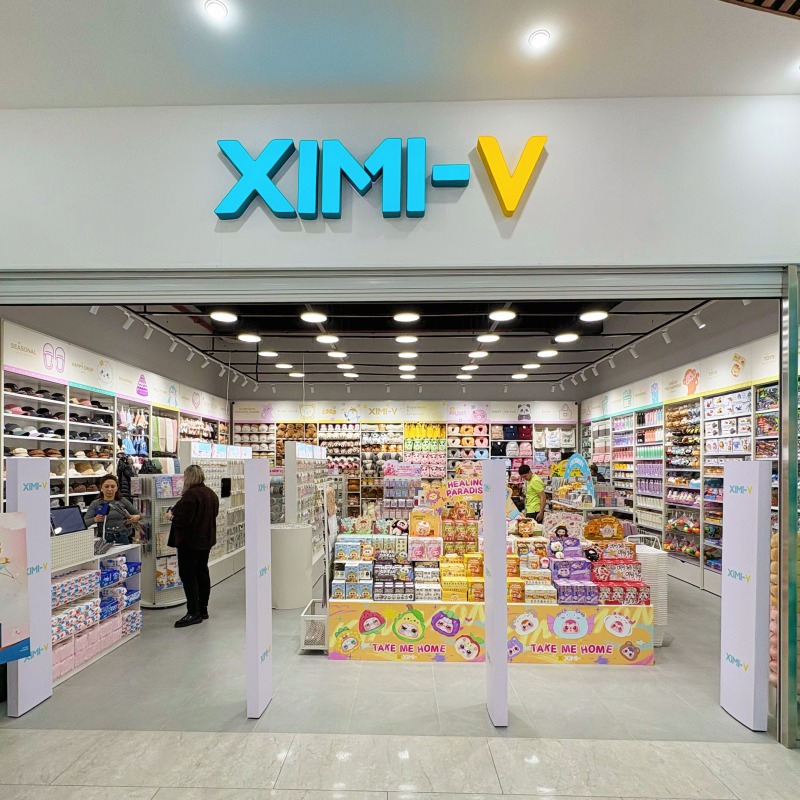XIMIVOGUE Tips on Product Localization for Global Markets
Author: Celia| Keywords chosen by Celia
Every year, more and more products are appearing on the global market and this trend continues unabated.
To ensure your product's competitiveness in this market, you need to invest in a globalization strategy, in other words, product localization.
In this article, we will explain what product localization is and how to implement it.
What is product localization?
Product localization is the adaptation of a specific type of content to a new market. It involves translating, developing, and testing the product to meet specific local requirements and culture.

How to localize products to global markets?
When entering a new market, different types of localization are required to adapt your product to the local audience.
1. Hardware and software localization
Hardware and software localization is about customizing your product and localizing the UX for usability and functionality.
It takes more than just modifications to adapt to different operating systems. Additionally, consider elements such as symbols and icons, colors, currency, and dimensions to deliver a truly localized experience.

2. Website localization
Your website is often the first thing potential customers see when they come across your products.
That's why it's important to take website localization seriously and make sure all your web pages are tailored accordingly. Again, this includes translating all text content into the target language as well as adjusting images, videos, and other visual elements.

3. Marketing localization
While product localization focuses on adapting a product to local laws, tastes, and cultural sensibilities, marketing localization ensures that these efforts are communicated effectively in a culturally appropriate manner.
Marketing localization is the linguistic and cultural adaptation of all the materials you use to promote your business, services, or brand.
This can include anything from developing new slogans and catchphrases to creating entirely new advertising campaigns specific to your target market. This can include campaigns, ads, social media, newsletters, etc.

4. Linguistic localization
Language localization is the translation of language to match the language of the target audience while maintaining a high level of accuracy and the original message.
It goes beyond direct translation: to resonate with local consumers, you need to understand regional dialects, cultural nuances, slang, and even non-verbal communication styles.
Professional localizers must master local idioms and slang to ensure that a company's communications seem local, authentic, and authentic to the local audience.

5. Cultural localization
Successful cultural localization makes a product more tangible, authentic, and appealing to consumers by embedding local culture at the heart of the product experience.
Cultural localization is the adaptation of products, services, and content to meet the expectations of a target market. The concept is based on cultural adaptation.
This involves creating a UX design that focuses on the preferences of local users by changing icons, language expressions, and phrases.


 XIMIVOGUE Opened a New Store in Syria
XIMIVOGUE Opened a New Store in Syria
 XIMI-V New Store in Kokshetau Kazakhstan
XIMI-V New Store in Kokshetau Kazakhstan
 XIMIVOGUE Dopamine Hair Clips To Add Some Colors This Winter
XIMIVOGUE Dopamine Hair Clips To Add Some Colors This Winter
 Enjoy Timeless Fun with XIMIVOGUE Pull Back Alloy Car Toy Collection
Enjoy Timeless Fun with XIMIVOGUE Pull Back Alloy Car Toy Collection
 Glow Up Your Massage Hair Brush with XIMIVOGUE Cute Decorations
Glow Up Your Massage Hair Brush with XIMIVOGUE Cute Decorations




